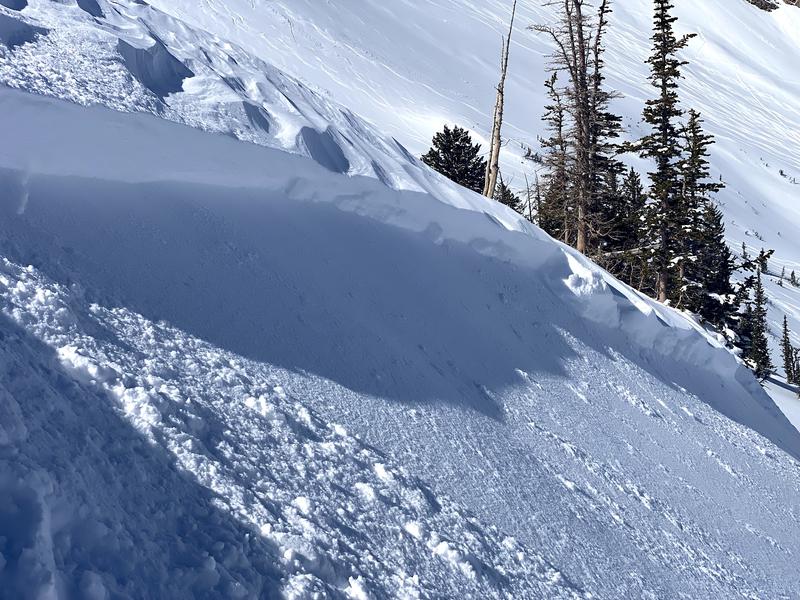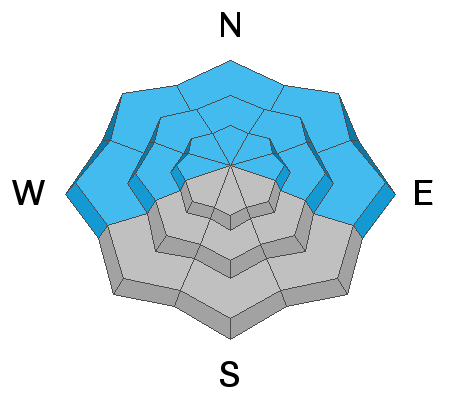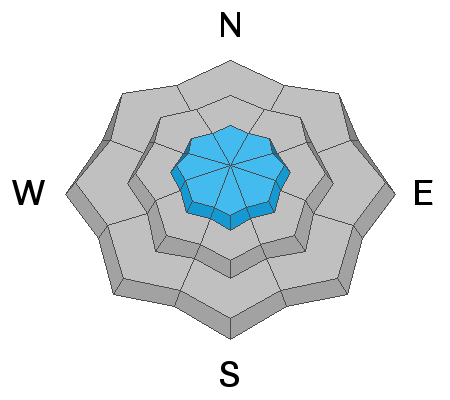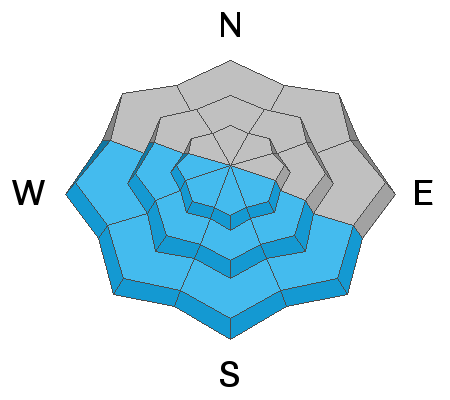Forecast for the Salt Lake Area Mountains

Issued by Trent Meisenheimer on
Tuesday morning, March 22, 2022
Tuesday morning, March 22, 2022
A MODERATE avalanche danger exists on steep west to north to east facing aspects at all elevations. Here, you can trigger avalanches 1-3' deep that fail on a persistent weak layer of faceted snow. You can trigger avalanches remotely, meaning from a distance or from below. These are not avalanches you want to mess with.
There is also a MODERATE avalanche danger on all aspects at the upper elevations where there are sensitive pockets of wind-drifted snow. On steep southerly facing terrain, the avalanche danger will rise to MODERATE for wet-loose avalanches as the strong March sun heats the snow.
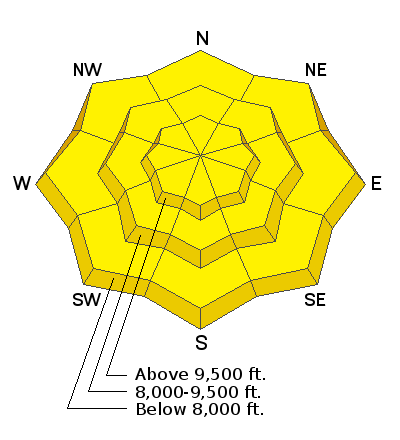
Low
Moderate
Considerable
High
Extreme
Learn how to read the forecast here


